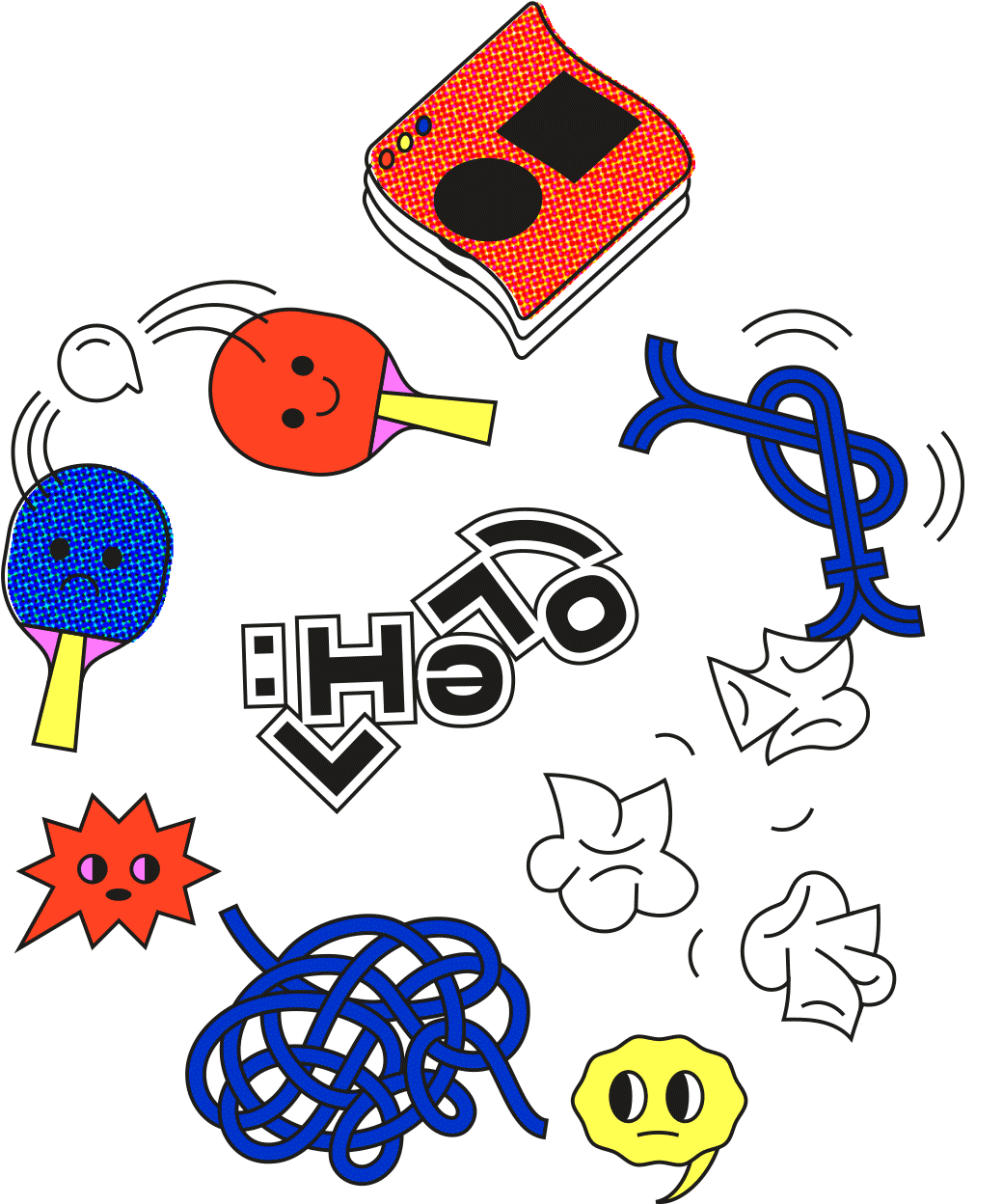Conversations
When you don’t know
the answer
There are plenty of scenarios when this might come up in your day-to-day work. It’s almost impossible to know everything about a product unless you’ve worked with it for many years, so it’s likely you’ll come across a question from a customer that you don’t know the answer to. Rather than giving the customer an ill-researched, incorrect answer, do a little due diligence first.

If you’re interacting with the customer via chat, a response along the lines of:
— How many users does the Enterprise plan support?
— I’m not sure if we have a maximum limit on that plan, but give me just a moment and I’ll find out.
Your customer will appreciate you being straightforward and honest, as well as setting expectations around being silent for a few minutes. If you hadn’t said that and had just gone hunting for the answer, they might have assumed that you’d just left and end up leaving the chat without an answer.
If you are answering this question via email, you have a little more time to get a good response. In this case, go and do some searching in your documentation. If you aren’t able to find your answer there, then go and talk to your colleagues and see if any of them know the answer. Once you’ve finally gotten an answer, either on your own team, or on another team within your company, make sure that you document it internally and externally if you were not able to find a doc, and then respond to the customer giving them the answer to their question.
a customer to someone else